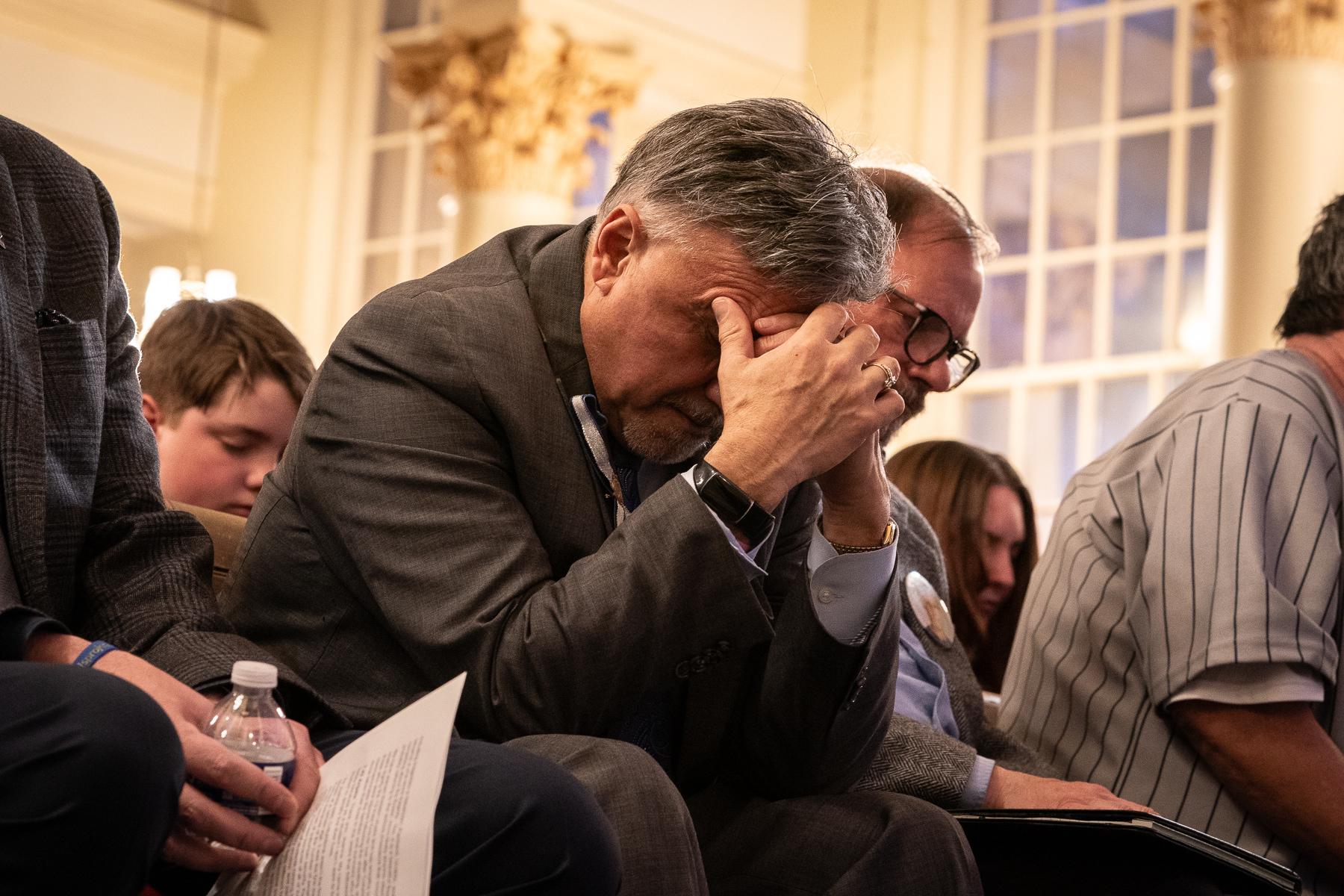Next year's budget in Colorado Springs includes $16 million for stormwater repairs. Colorado Springs Utilities will also spend $3 million. Much of those funds are likely to go toward improving the Fountain Creek Watershed, which runs through Colorado Springs and down into Pueblo; and the list of projects that need to be done along Fountain Creek is long and expensive.
The Fountain Creek Watershed Flood Control and Greenway District funds projects in watersheds in El Paso and Pueblo Counties. Executive director Larry Small holds up a building under construction near Monument Creek, which is part of the Fountain Creek watershed, as an example of damages that seem to go unchecked.

"That development has created runoff, comes down the slopes, carries with it sediment," says Small. "It's more pronounced down here in this cut bank where the stream gets higher, undercuts the bank and the bank collapses into the creek."
Up until 2010, Colorado Springs had a stormwater fund that was used to pay for damage like this. But the fund was eliminated and projects stopped. Small says that's created an enormous backlog.
"[The Monument Creek watershed] is the largest watershed in the Fountain Creek watershed… Many streams are tributaries to Monument Creek and each of these have issues."
For the entire Fountain Creek watershed, the needed work compiled by the district has a price tag of about $1 billion. Small says about half of that is in Colorado Springs.
In front of a Colorado Springs Utilities wastewater treatment plant downstream are projects completed by the utility. Small says they're the same sorts of projects that were completed before the stormwater fund was eliminated.
"They would put in rip-rap like this to stabilize the banks," says Small. "So those were capital improvements they would make. They would also maintain areas that had been eroded, where they had facilities and they've been damaged – for instance sediment collection ponds may have been filled in need to be cleaned."
There is pressure on Colorado Springs to get back to work on these projects. The permit authorizing the Southern Delivery System, a pipeline carrying water north from Pueblo Reservoir, requires that Colorado Springs do more to control stormwater runoff before water deliveries begin. Pueblo County nearly voted to find the city in violation of that provision earlier this year, potentially closing down the whole pipeline. The Environmental Protection Agency and the state's Department of Public Health and Environment will also review the city's stormwater plans. The city faces a court injunction and fines.

The Colorado Springs mayor's office declined to be interviewed for this story. They're currently working on a list of projects that next year's stormwater budget will go toward. And downstream from Colorado Springs, Pueblo County has compiled its own list. Eventually the two cities will have to come to an agreement on which projects get funded. [Click HERE for a larger .pdf of the map to the left.]
"This is a problem that's been developing over several decades and there's not going to be a quick fix to it," says Ian Paton, senior water resources engineer at Wright Water Engineers in Denver. Pueblo County hired Paton's company to study the changes in the Fountain Creek watershed and come up with a list of projects to fix it, including projects within Colorado Springs.
And different sections of the watershed are seeing different effects. In Colorado Springs, there's some erosion occurring. In between Colorado Springs and Pueblo, Paton says the stream is starting to cut into farmland and wash out roads.
"It's sort of wild, it's expanding, eroding the banks on both sides and you're seeing loss of property," he says.
Colorado Springs has promised $19 million in each of the next 10 years for projects within the city, a far cry from the estimated $500 million needed just for that part of the watershed. And for work outside the city, the Southern Delivery System permits gives the watershed district 50 million over the next 5 years. And Paton adds that, without investment in the watershed, the problem will continue to get worse and more expensive.








